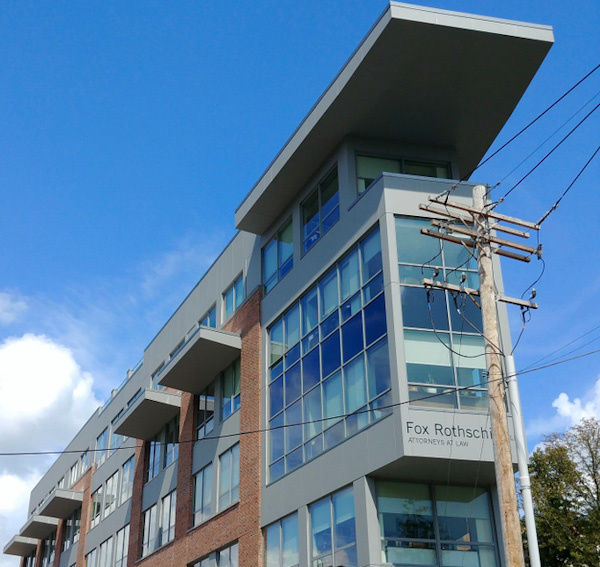Cell Phone Calls Can Make, Break Cases
When Paul Cortez was tried for the murder of the stripper he had been dating, there was an unexpected witness against the New York actor—his cell phone.
Records showed he had called her more than a dozen times in the two hours before her death, and then never again. Plus, transmission data tracked a stream of calls that started near his apartment and then got closer and closer to hers, says the New York Times.
Such cell phone evidence, virtually unheard of a decade ago, is now hitting the mainstream. “It’s one of the most important developments in technology in the courtroom in the last five years,” says Mark Geragos, the Los Angeles celebrity defense lawyer.
But while cell records can be a plus for the prosecution, helping to get a conviction as they did in the Cortez case, it is important to know their limitations, experts point out. For example, although many potential defendants—even Mafia members—seemingly remain oblivious to the risk posed by cell phone use, a tech-savvy criminal might be able to establish an alibi by having someone else take his cell phone far, far away and place characteristic calls.
“The important thing about cell tower data is not what it proves, but what it can’t prove,” says Jeff Fischbach, an electronic evidence analyst who runs a consulting firm known as Second Wave. “Cell tower data cannot place a person at an exact location. And even if it could, if the phone is not surgically implanted, you still can’t prove it.”



